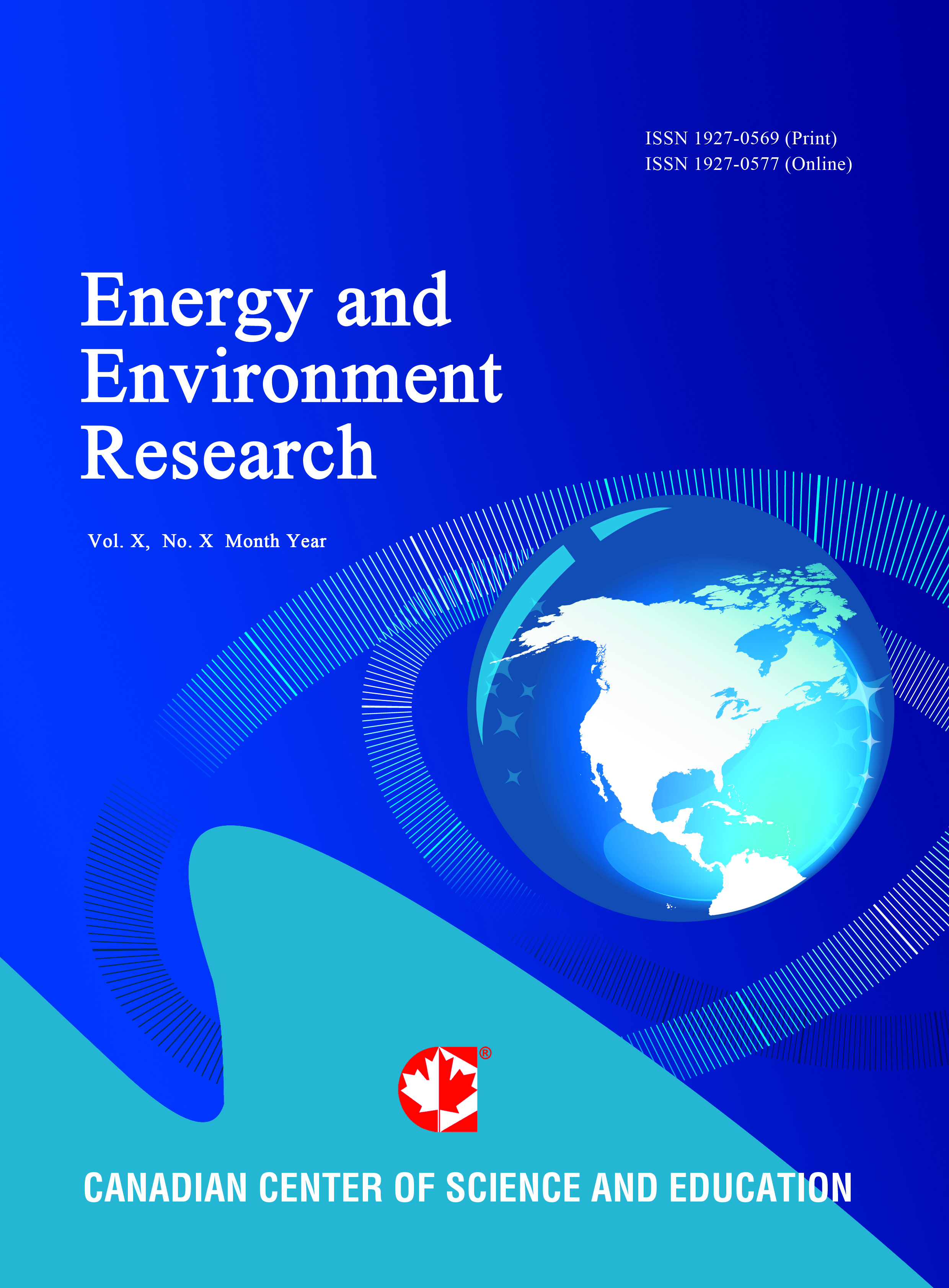Investigating Impact of Flow Rate and Wettability on Residual Trapping in CO2 Storage in Saline Aquifers through Relative Permeability Experiments
- Mansour Soroush
- Dag Wessel-Berg
- Ole Torsaeter
- Jon Kleppe
Abstract
In order to investigate effects of injection rate and aquifer influx in imbibition processes and also wettability behaviour for CO2 storage in aquifers, two representative fluids are chosen for relative permeability measurements. These two fluids represent CO2 and brine at the reservoir conditions. The first set of experiments is done by n-heptane and a mixture of glycerol and water, flowing in a glass beads porous medium. The density difference and viscosity ratio are designed to be in the range of CO2-brine systems normally found at reservoir conditions. Another set of experiments is designed based on dodecane and a mixture of glycerol and water. The second mixture is chosen so that the same ratios of density differences and viscosity ratios are maintained. Interfacial tension and contact angles are measured for both cases. By this set up, two cases of strongly water-wet and water-wet systems are designed. The purpose of this study is to quantify the impact of wettability and flow rate through relative permeability experiments. Results show that the relative permeability is sensitive to both rate and wettability, and after interpreting the data from experiments in a history matching process, based on the effects of drainage and imbibition rates and also the effect of wettability, correlations are developed to predict the amount of CO2 trapped in the pores. This newly developed method will be useful in obtaining good estimations of real case trapping volume in CO2 storage processes. Scaling analysis of the experiment shows that the tests are well designed in the range of real reservoir conditions.
- Full Text:
 PDF
PDF
- DOI:10.5539/eer.v3n2p53
Journal Metrics
(The data was calculated based on Google Scholar Citations)
h-index (July 2022): 19
i10-index (July 2022): 53
h5-index (July 2022): N/A
h5-median(July 2022): N/A
Index
- BASE (Bielefeld Academic Search Engine)
- CiteFactor
- CNKI Scholar
- Elektronische Zeitschriftenbibliothek (EZB)
- Excellence in Research for Australia (ERA)
- Genamics JournalSeek
- Google Scholar
- NewJour
- Norwegian Centre for Research Data (NSD)
- PKP Open Archives Harvester
- Publons
- ROAD
- SHERPA/RoMEO
- Standard Periodical Directory
- Ulrich's
- Universe Digital Library
- WorldCat
Contact
- Lesley LuoEditorial Assistant
- eer@ccsenet.org
